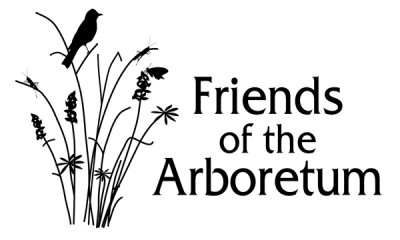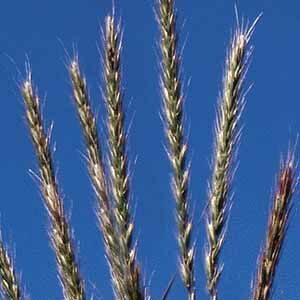SCIENTIFIC NAME: Elymus virginicus – In Greek and Roman mythology Elymus was a Trojan that went to what is now Sicily and helped to found some towns for Trojan refugees. These people called themselves Elymi. The Greek word élumos means “millet.”
FLOWER: The erect flower heads resemble wheat or rye. They are 2-6 inches long with 2 spikes per node.
BLOOMING PERIOD: May-September. It is tan and crimson in the fall.
SIZE: The plant is two to three feet tall.
BEHAVIOR: It does well in full sun or part shade with moist conditions and fertile soil. It grows easily from seed provided enough moisture.
SITE REQUIREMENTS: It grows best in fertile soil but will tolerate a variety of soils from coarse sand to heavy clay. It requires medium moisture. It is a good choice for streambanks, wet areas, rain gardens and for erosion control.
NATURAL RANGE: It is found in deciduous woodlands, especially floodplain woodlands, moist prairies, the edges of marshland and in low areas along rivers in the eastern two thirds of the United Stated and lower Canada.
SPECIAL FEATURES: The seedheads are food for mallards and other ducks and small mammals. The foliage nourishes Canada geese, cattle, and horses.
SUGGESTED CARE: Minimum care is required.
COMPANION PLANTS: Big and Little bluestem, Indian grass, switchgrass, bottlebrush.

